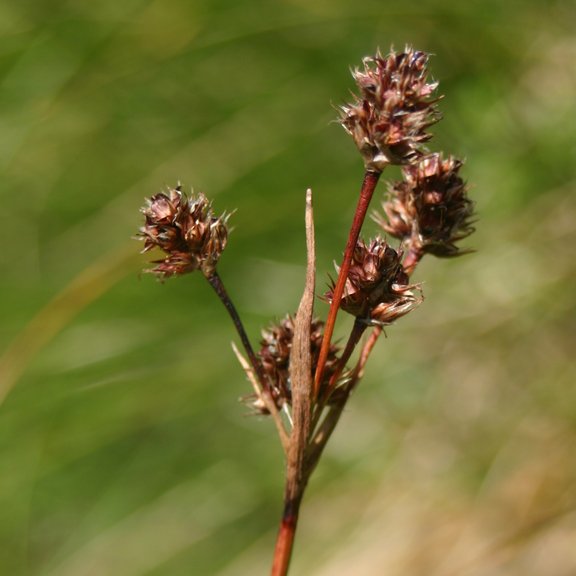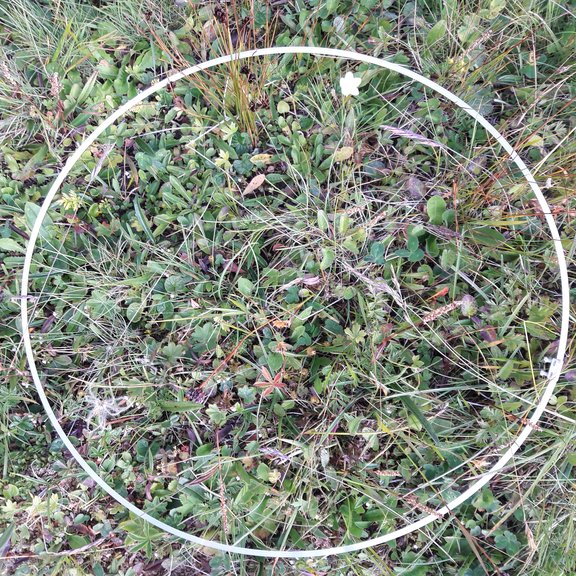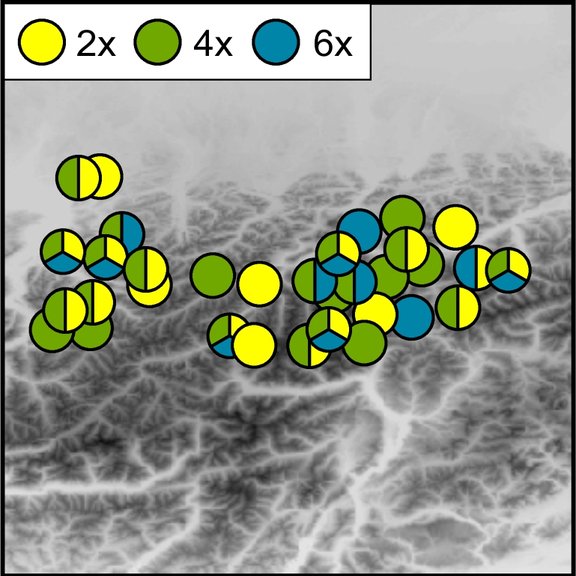Project
Same same but different? Cryptic evolution and diversification of Luzula sect. Luzula in the grasslands of the Eastern Alps (LUZALP)
Project leader: Božo Frajman
Project members: Peter Schönswetter (University of Innsbruck), Andreas Hilpold (Eurac Bozen/Bolzano), Mingai Li and Claudio Varotto (Edmund Mach Foundation San Michele)
Funding: Euregio
Duration: 2022–2025
With more than 4000 vascular plant species, the Alps are one of the hotspots of European biodiversity. Particularly the Alpine grasslands are extraordinarily species-rich and harbour much of the biodiversity of the Alps. Polyploidisation (multiplication of chromosome sets) has been an important mechanism contributing to diversification of Alpine plants, also in the graminoid genus Luzula (Juncaceae). Contrary to true polyploidy, which is widespread across the plant kingdom, the process named agmatoploidy, i.e. fission of holocentric chromosomes, is restricted to a small number of plant families and genera, including Luzula. Compared to the multitude of studies dedicated to polyploid evolution, only a few studies have tackled diversification mechanisms of agmatoploids and our goal is to fill this gap by studying evolution and diversification of eight Luzula species in the Eastern Alps.
They inhabit grasslands from mountain valleys to the alpine belt across different geological substrates. Due to their high morphological similarity and the recent description of new species, distribution and ecological preferences of most of these species remain poorly known despite the fact that the Alps are the best-studied mountain range in the world. The paramount aim of our project is thus to investigate evolutionary origin, distribution as well as ecological and genetic differentiation among the eight Luzula species in the Eastern Alps, focusing especially on the origin of agmatoploids and true polyploids. We will apply modern bioinformatic methods to analyse our data. Combining the expertise of all involved researchers ranging from field botanists over ecologists to evolutionary and molecular biologists we will for the first time look into evolutionary processes driving diversification of an agmatoploid-polyploid plant group and explore how evolutionary patterns are reflected in the species’ ecology.

Inflorescence of a fruiting Luzula multiflora

Landolt indicator values of accompanying species will be used to determine ecological niches of different Luzula species.

Multiple ploidy levels co-occur at the same localities in the Eastern Alps.
